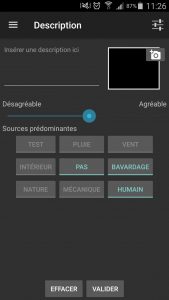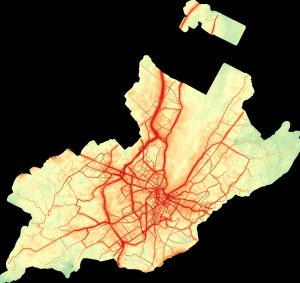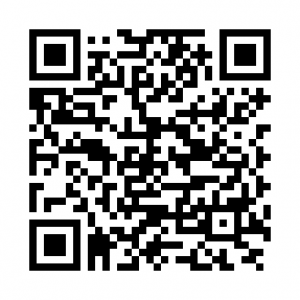Sound sampling in Geneva
As part of a research project on biodiversity (Urbangene) and health (in collaboration with the unit of population epidemiology at HUG), we plan to map the soundscape of the State of Geneva. Thus, we need to collect sound samples over the whole Geneva State territory, in both urban and natural environments.
To contribute to the project, we propose you to download a smartphone application (Android only) which makes it possible to record (dB), to localize (X,Y) the sound, but also to briefly characterize it, and to transmit these informations to a database (see instructions below).
A map showing all contributions is available here : http://onomap.noise-planet.org/#12/46.2078/6.1486. Zoom and click on an hexagon to visualise the value in dB, the duration, the characteristics, and the recording time of the corresponding sound.
We will gradually provide information on the website https://www.facebook.com/urbangene.ppgis
Thank you for your support !
Materials
- Phone / Tablet Android
- Download the “NoiseCapture” Application in Play Store
Sampling method
- On the main page « Mesure » (Measure), click on the microphone logo to start the recording.
- Wait 4-5 seconds until the GPS precision is optimal (< 10 m).
- Stop the recording by clicking on the square. The application will switch to the page « Description ».
- Tick any predominant sound source (see picture below)
- Determine at which point the soundscape was pleasant (“Agréable”) or rather unpleasant (“Désagréable”).
- Validate the recording. The application will lthen display the page « Résultats » (Results). Click on « TRANSFERT » to transmit the anonymised data to the server.
- Click on « MESURE » to start a new recording.

| French | Test | Pluie | Vent | Intérieur | Pas | Bavardage | Nature | Mécanique | Humain |
| English | Test | Rain | Wind | Indoor | Footsteps | Chatting | Natural | Machanical | Human |
Note : As we are interested in the soundscape, it is important that the predominant sound sources well describe the whole recording : ticking NATURE means that natural sound was heard throughout the recording. You can either stay at one place or move as long as the predominant sound sources do not drastically change. If they change during your displacement, restart a new recording accounting for the different characteristics (i.e. sources).
The resulting map will be visible on this page. Here is a first version based on the noise cadastre of Geneva Canton road and train traffic. Your recordings in this collaborative project will allow us to improve this map by providing more information about this territory.

